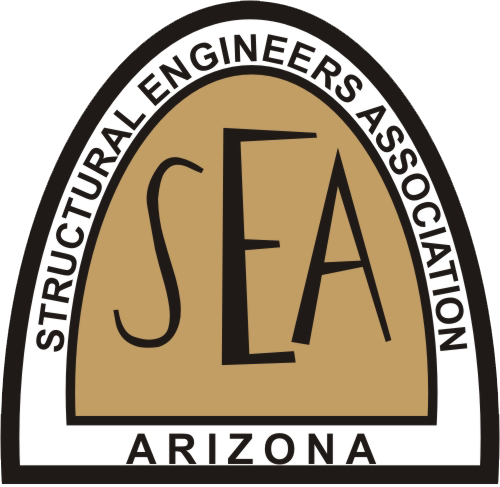Menu
Log in
SEAOA
STRUCTURAL ENGINEERS ASSOCIATION OF ARIZONA
Copyright (c) 2011 by SEAoA
Powered by Wild Apricot Membership Software
STRUCTURAL ENGINEERS ASSOCIATION OF ARIZONA
